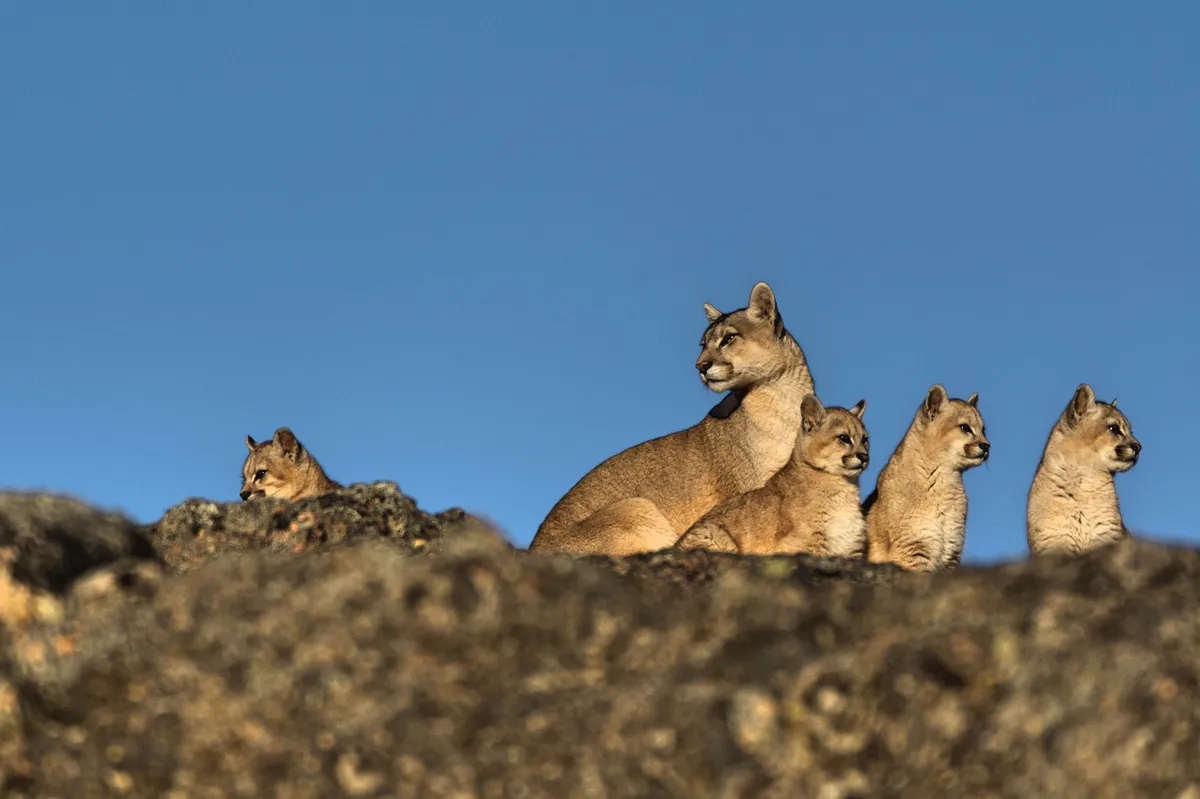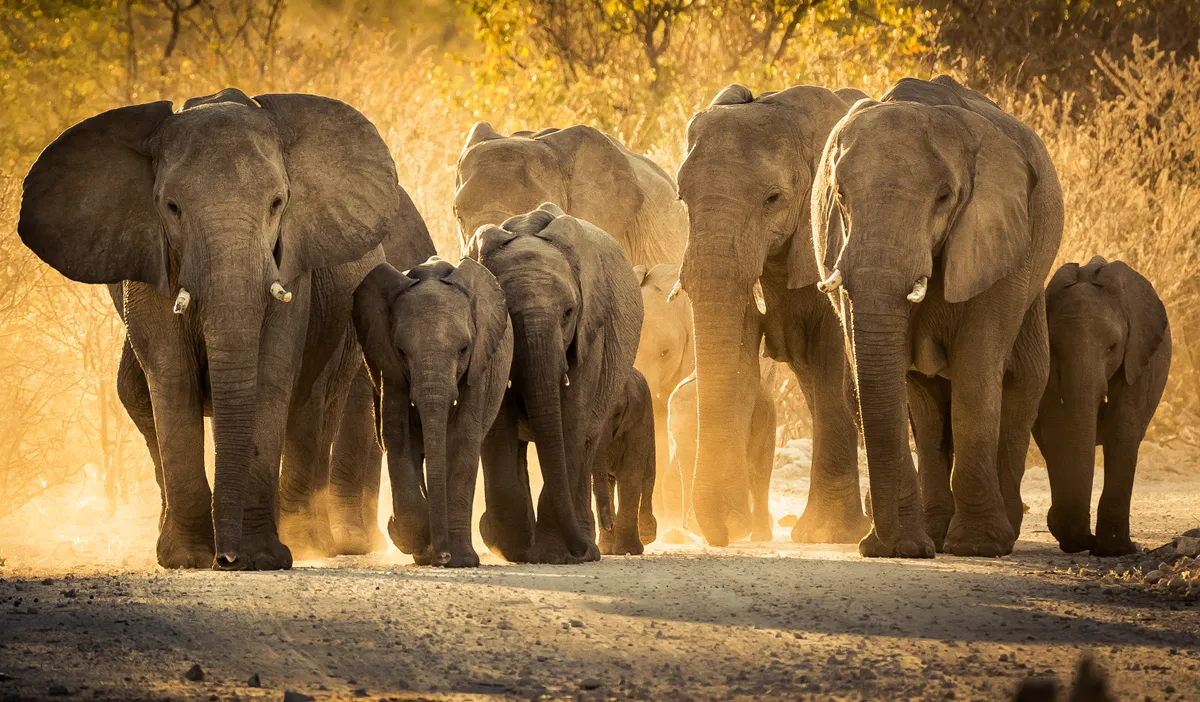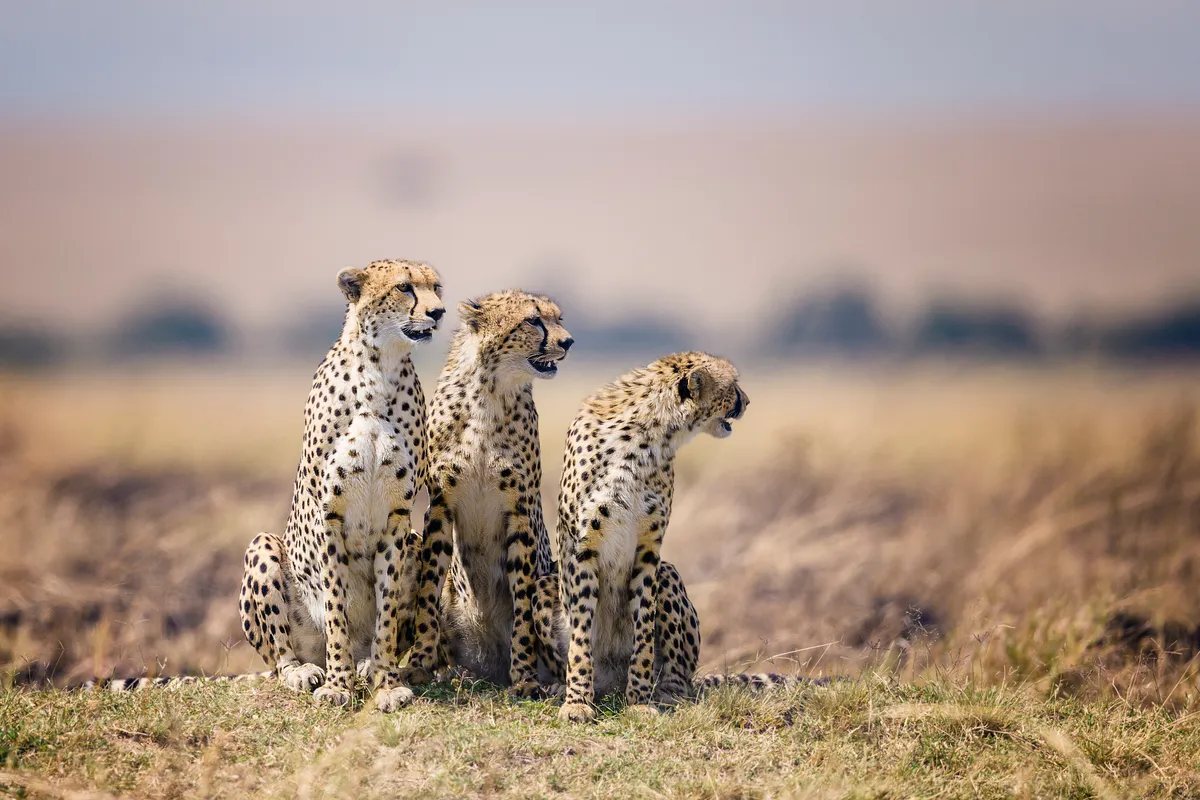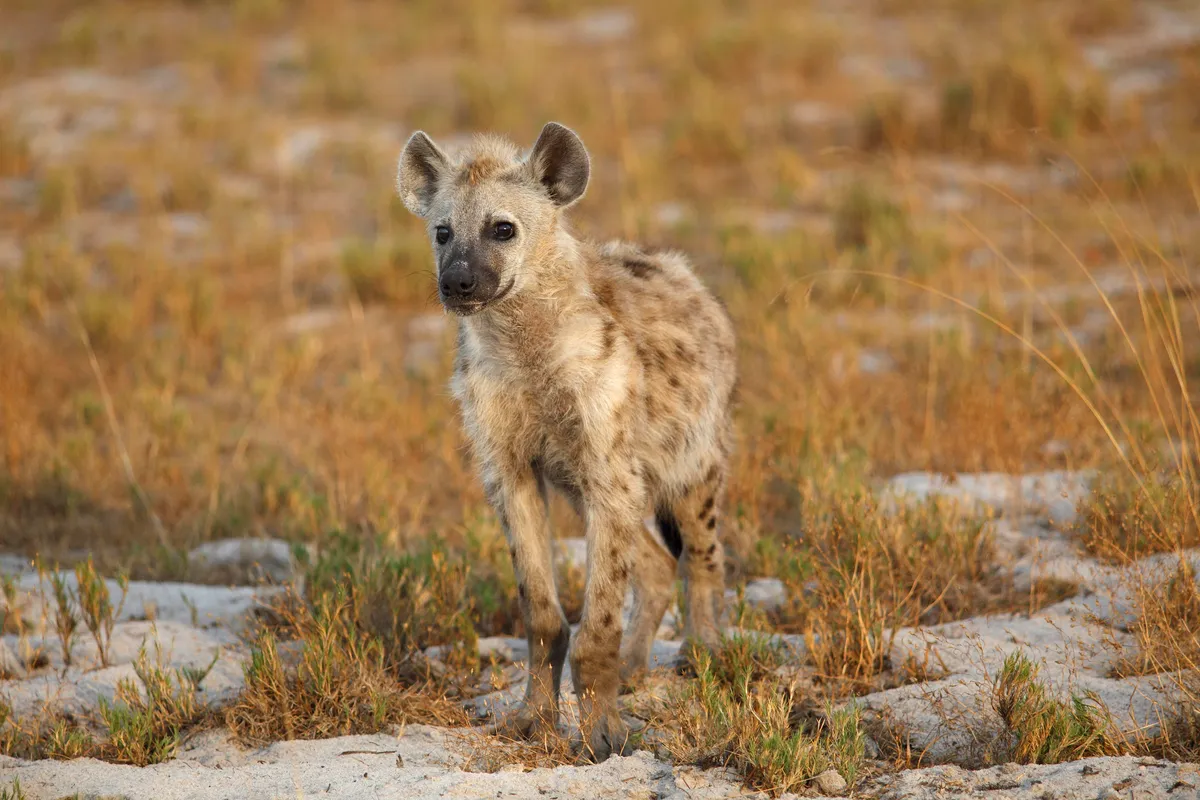When is Dynasties II on TV?
Dynasties II consists of four hour-long episodes, and begins airing on Sunday 20th March at 8pm on BBC One, with the first episode focusing on pumas.
Is David Attenborough narrating Dynasties II?

Sir David Attenborough returns to narrate Dynasties II, having narrated both Dynasties and Dynasties: Meerkat Special.
The 95-year-old broadcaster is known to billions across the world, with a career spanning more than six decades. His recent work includes The Green Planet, Attenborough's Wonder of Song and Attenborough and the Mammoth Graveyard.
What is Dynasties II about?
“Delve into the secret lives of charismatic, captivating animals as they fight for their families against the odds. Get caught up in real life drama,” say the programme makers.
More than eight million viewers watched episode of Dynasties in 2018, which followed David the chimpanzee, Charm the lioness, Blacktip the painted wolf and more.
Like the first series and the meerkat special, Dynasties II takes a closer look at the challenges faced by animal families. For this series, four mammals are focused on, three in Africa and one in South America: Angelina the matriarch African savannah elephant, she-cheetah Kali, Rupestre the puma and spotted hyena clan-leader Suma.
“Dynasties II will be a gripping look at the lives of four remarkable wild animals as they struggle to build a family against the odds. With characters you fall in love with, and genuine life-and-death stakes, this will be a series every bit as thrilling as the greatest drama,” says Jack Bootle, Head of Commissioning, Science and Natural History at the BBC.
Which animals feature in Dynasties II?
Puma (Puma concolor)

Also known as a cougar or mountain lion, the puma is the second-largest species of cat found in the Americas (after the jaguar), though it is more closely related to smaller cats than the big cats of the Panthera genus. Pumas feed mainly on ungulates such as deer, but as generalist hunters, they will catch and eat any animal they can. Their diet can vary across their geographic range. For example, in Monte León National Park (Patagonia, Argentina), they have adapted to hunt on the Magellanic penguins.
African savanna elephant (Loxodonta africana)

One of two elephant species found in Africa, the African savanna elephant (also known as the African bush elephant) is a well-known and charismatic mammal. It is the largest terrestrial animal on Earth, and can be found in 23 countries.
Cheetah (Acinonyx jubatus)

Famously the fastest land mammal, cheetahs are native to Africa and central Iran, with drastically reduced geographic spread and population sizes. It's estimated that 90% of the wild cheetah population has been lost in the last 100 years, and the species is locally extinct in numerous African and Middle Eastern countries.
More related content:
Two sub-adult cheetahs learning to stalk in Liuwa Plain National Park, Zambia. © Will Burrard-Lucas/Remembering Cheetahs
Spotted hyena (Crocuta crocuta)

One of four hyena species, the spotted hyena is also known as the laughing hyena and is the most widespread large carnivore in Africa. It is the most social of the hyena species, and of the Carnivora species, with large group sizes and complex social behaviour. It is the only mammal where the female does not have an external vaginal opening, and has a pseudo-penis instead.
The spotted hyena's scientific name, Crocuta crocuta, is an example of a tautonym, where the genus and species name are the same.
Why female spotted hyenas rule the pack
Find out why females are in charge of the complex social systems of laughing hyenas
Female spotted hyenas. © Getty
Main image: Cheetah, hyena, elephant and puma. © BBC NHU/Matt Burlem
